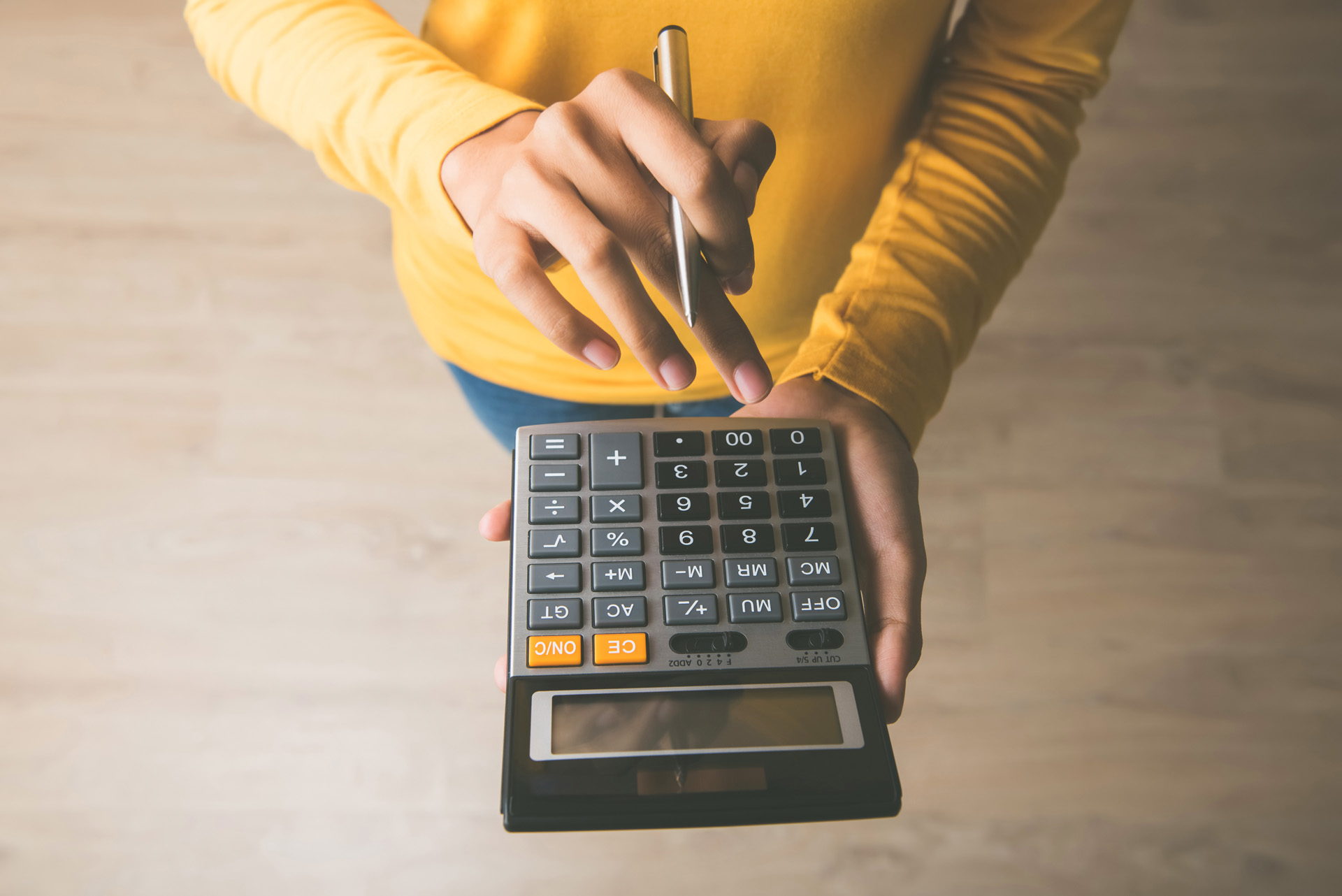April 2025 Market Pulse Recap: Expert Answers on Inflation & Economic Outlook
Both before and during each Market Pulse webinar, our audience submits their burning questions to our expert panelists, some of which we run out of time to cover in the live webinar and which we then answer in this blog. For our April Market Pulse webinar, our panel included Dr. Amy Crews Cutts, President and Chief Economist at AC Cutts and Associates, Dr. Darryl Tyndorf, Director of Economic and Analytic Insights at Fiserv, Mike Spriggs, Head of Consumer Insights at Fiserv, and Dave Sojka, Senior Advisor at Equifax. Below are their answers on questions around inflation and stagflation.
Q: Are consumer markets impacted by inflation the same way, or are there some that are insulated better than others?
Dr. Darryl Tyndorf, Fiserv: We've looked at it with a bunch of different markets. Retail was not hit as hard from an inflationary aspect. And one area that we looked at was ambulatory healthcare. And when you look at that industry, it's pretty insulated during policy initiatives. So, the impact of the inflationary measure is not seen as drastic in that market. No, inflation hasn't hit all markets the same and its impact is different for each one, depending on the timeframe, potential interventions, and other policies that are involved.
Q: What is your outlook on the possibility of stagflation entering the economic landscape?
Dr. Amy Crews Cutts, AC Cutts and Associates: The concept of stagflation is that normally, when we have a recession, there's such a big fall off in demand that inflation wanes and the Fed can focus just on getting us back to full employment, hence the interest rate cuts that we normally see in a recession.
When you have a stagflation type environment, you have rising inflation, which normally would cause the Fed to raise interest rates to kill demand. That's the mechanism that they use to bring about a balance of supply and demand and to slow inflation.
However, if we're in a recession, the economy is already stagnant, right? We're going down, so the Fed would be in a very hard position to know whether to raise interest rates or lower interest rates in that situation. In my opinion, this would largely be caused, in this case, by the tariffs and the supply chain problems that that will cause. In the President’s prior administration, most of the tariffs that went in were aimed at specific items in Europe, and more heavily on China. There were some steel tariffs that went in. But the China tariffs were more broad-based as opposed to what happened with Europe, and we already started to see supply chain problems with that. But what people were doing, and Covid added to that, was to move out of China and build redundancy in their supply chain. So, that might mean China and Vietnam, or China and Mexico, or China and onshoring.
With the way the tariffs were announced in early April, and I know the retaliatory components of those were put on hold for 90 days though the 10% broad tariffs did go into effect, a company that does a lot of business with China would be very hard pressed to move out of China because of the structure and the announced policy of targeting so many other countries. Where would you go? That would make that an economic decision. So, I think stagflation is a very real possibility. It is part of my forecast that I showed. So it puts the Fed in a hard place and a lot will depend on what the policy will be going forward. We'll stay tuned for that.
Recommended for you





